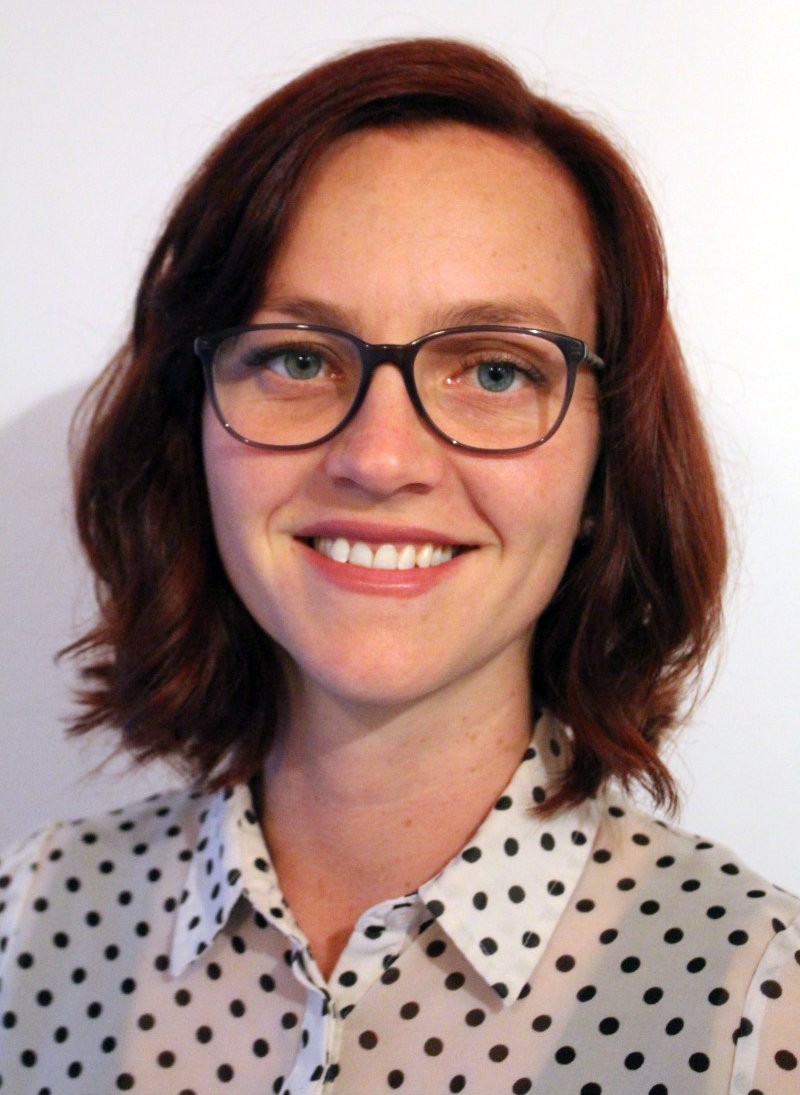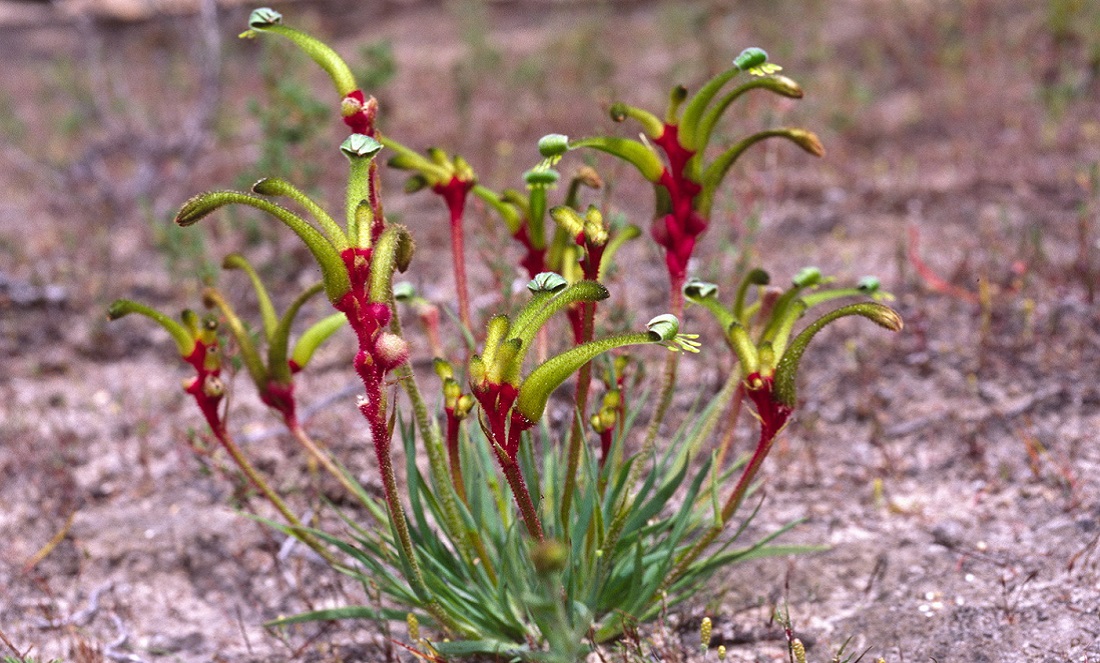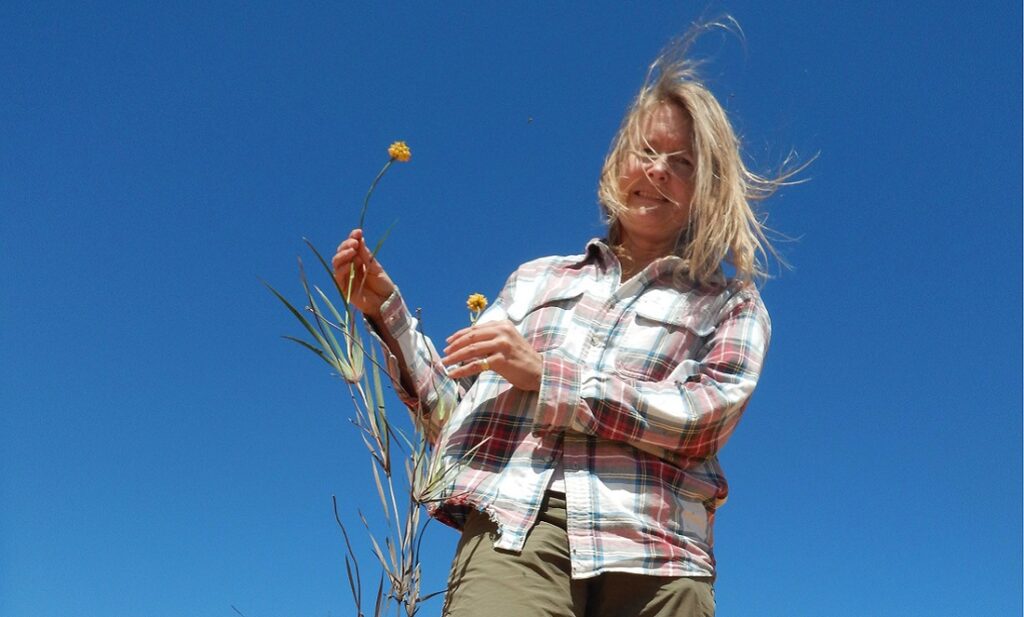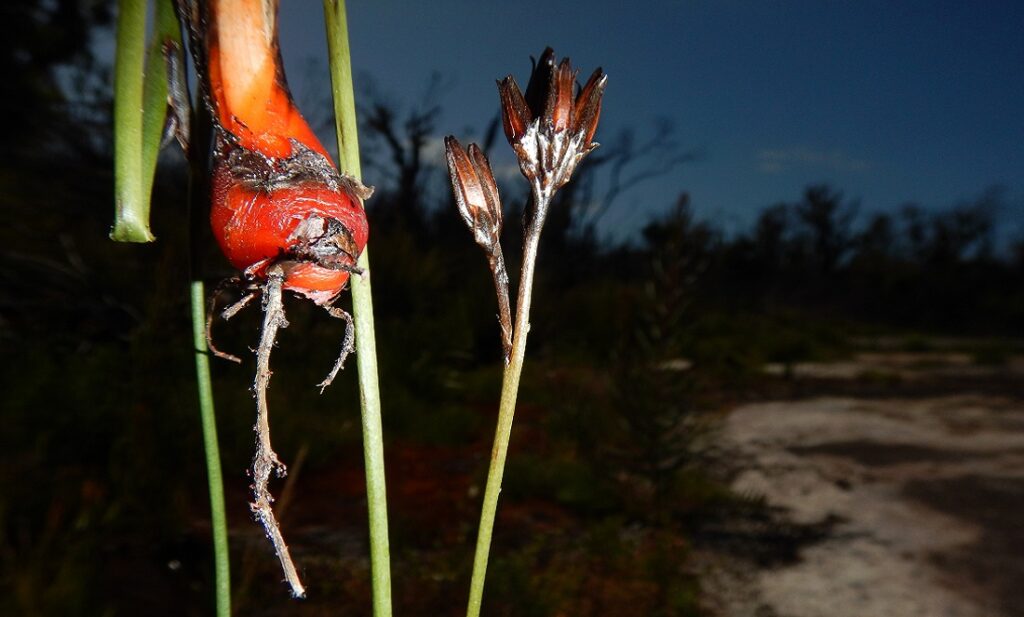WA’s Southwest has an incredible diversity of plant life.
It’s so diverse some experts believe it could be richer in flora than the rain forests of South America.
Over the past decade, the Southwest has seen a boom in flora discoveries, with many not found anywhere else in the world.
So how do we protect and keep track of this impressive range of unique plants?
SWAFR to the rescue
In 2004, world-renowned plant conservation biologist Professor Stephen Hopper and Department of Parks and Wildlife principal research scientist Paul Gioia developed the South West Australian Floristic Region (SWAFR).
The SWAFR covers the corner of WA from Shark Bay to Israelite Bay and is one of the world’s 34 internationally recognised biodiversity hotspots.
Stephen and Paul divided the SWAFR into zones reflecting different plant life.
Since then, nearly 100,000 plant specimens have been collected, so they recently updated the map to help inform flora conservation.
AN EXTRAORDINARY DECADE
Over the past 11 years, 98,204 specimens have been added to the WA Herbarium specimen database.
Stephen describes the 33% increase as “an extraordinary decade”.
“The number of species has gone up by 10%,” he says.
“That is as good as you get, globally.
“People often think it’s going to be the rainforest where most of the new plant life discoveries might be. We are finding more new things in the southwest than people in many rainforest regions.”
Stephen has named about 300 new plants from the SWAFR.
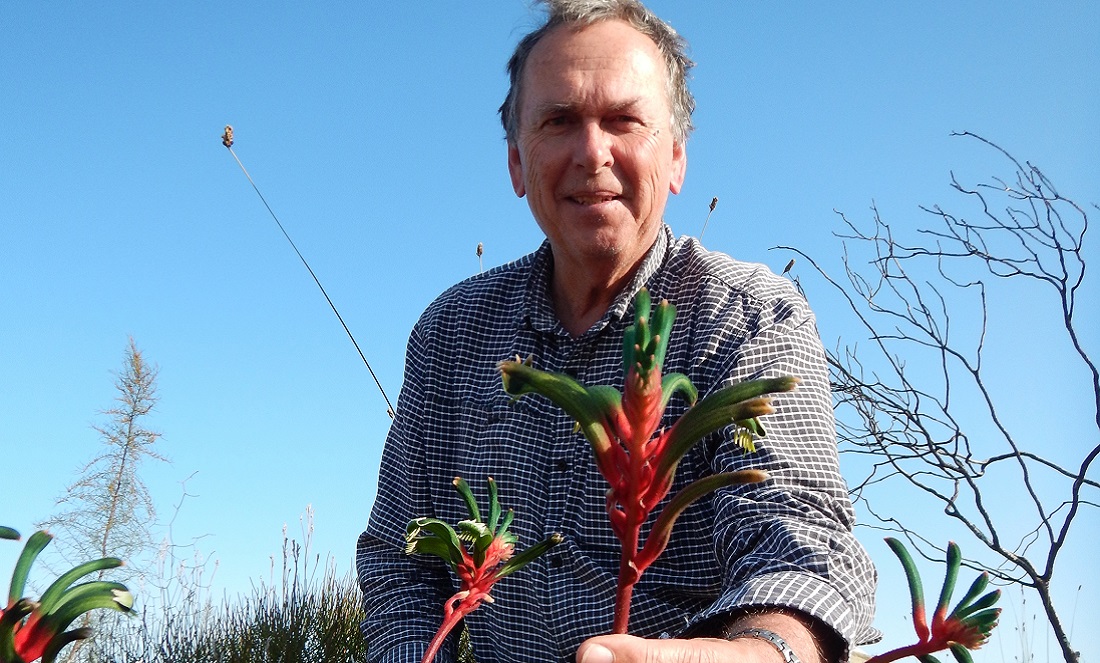
WHAT’S SO SPECIAL ABOUT THE SOUTHWEST?
Nearly half the plants in the SWAFR are endemic, meaning they are found nowhere else on the planet.
Stephen says 47% is on par with the Cape Floristic Region on the southern tip of South Africa.
He credits the biodiversity partly to the landscape’s history.
“[It’s] been around for so long without having the slate wiped clean by glaciers or volcanoes or inundated by the sea,” he says.
“Things have been able to persist in very small, localised areas for millions of years, in some cases.
“There is a tremendous turnover of species across the landscape. That means if we are out there looking at every little patch … chances are we will turn up new plants.”
49% of more than 8000 native plant species were described to science after 1970.
“It’s a very exciting place,” Stephen says.
“It’s one of the great places on the planet to be out exploring for new plants.”
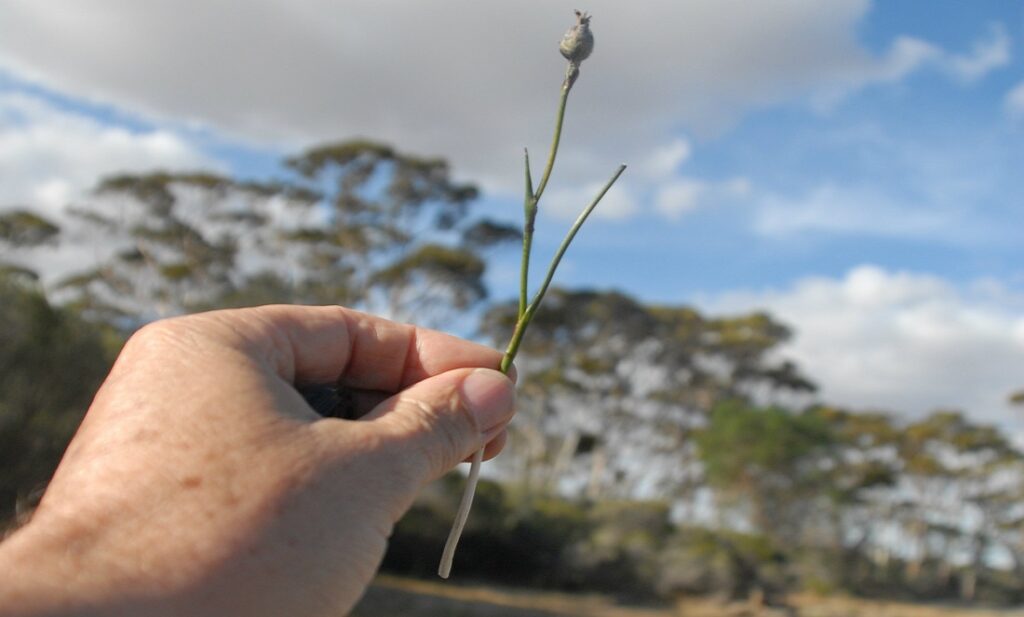
“There is a tremendous turnover of species across the landscape. That means if we are out there looking at every little patch … chances are we will turn up new plants”
PERTH TOPS FLORISTICALLY DIVERSE CITIES
Perth is one of the richest capital cities on Earth for plant life.
“It’s right up there with Rio [de Janeiro], Cape Town and Sydney,” Stephen says.
Perth’s floristic biodiversity has implications for conservation.
“As much as possible, we should care for the remaining bush in the metro area,” he says.
“Every little bit, no matter how small, helps.”
PUTTING BOTANICAL DIVERSITY ON THE MAP
Stephen and Paul added a new province and five new districts and adjusted the boundaries of their previous map.
A botanical province is made up of many districts, while multiple provinces form a region.
Stephen says the southwest was classified as a province for almost a century, since 1906.
“It has now become evident with this surge of discovery that the southwest should become a region,” he says.
Their modelling indicates 13 districts within four provinces—Kalbarri, Bibbulmun, Southeast Coastal and Transitional Rainfall.
“If you’re planning a wildflower trip … you would expect significant changes to occur in the flora as you move across those boundaries,” Stephen says.
WILL SWAFR REPLACE IBRA?
He hopes their map will replace the Interim Biogeographic Regionalisation for Australia (IBRA).
The national framework, developed in 1993, recognises 89 bioregions, and government uses it to identify conservation areas.
“It was meant to be interim, but it’s been entrenched for years now and used by everyone,” Stephen says.
He says the new map would lead to better-informed native flora conservation in WA, if adopted.
Their research was published in the Botanical Journal of the Linnean Society in May.


